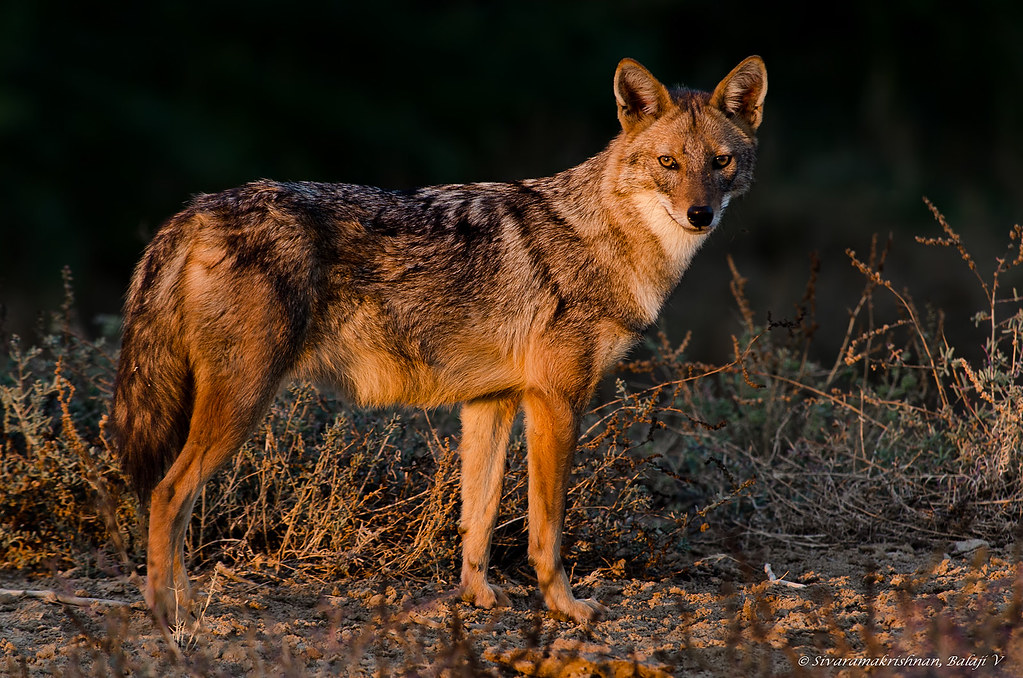
Hare. Web Source: Flickr.
The goal of the hare, an incarnation of the Buddha, is to keep the moral law, including a fast day in which all animals should share their food with any beggar who should pass. The hare has no food to share, so he chooses to sacrifice himself and give his food for meat. Because of his humility, the god who is testing him prevents the fire from killing him.

Tiger. Web Source: Pixabay.
On the other hand, the Brahman falls into the tiger's trap after freeing him from a cage, and his only way to avoid being eaten is for the first three people that he meets to agree that he should live. However, the papal-tree, the buffalo, and the road think that he should not expect anything less than death as a return for his kindness to the tiger, just as they receive only mistreatment from humans in return for their aid. At this point, I became less sympathetic to the Brahman. While I agree that he does not deserve to be eaten, the threat does not make him any more able to empathize with the mistreated creatures that he meets.

Jackal. Web Source: Flickr.
The jackal, who helped the Brahman by tricking the tiger into returning to his cage, is the most intriguing character, as his motives are unclear. Why does he help the Brahman? Is he sympathetic to his plight? Is he simply antagonistic to the tiger? Why does he not use his wits to help the others as well? From this tale, his is the personality I would most like to explore further.
Aucun commentaire:
Enregistrer un commentaire